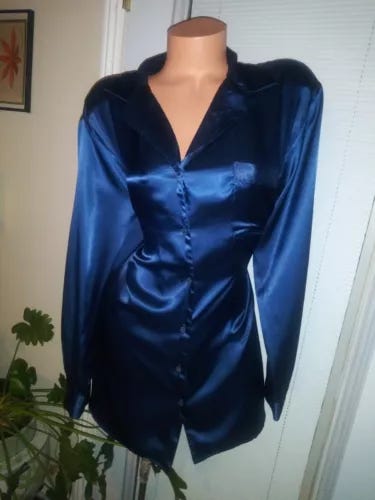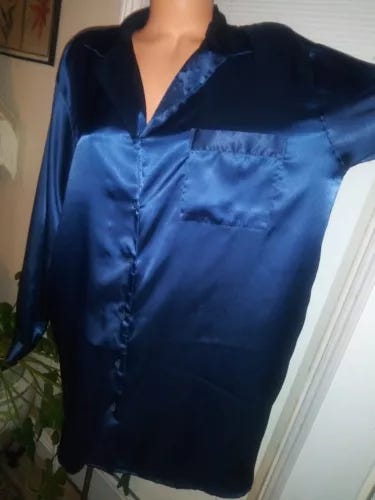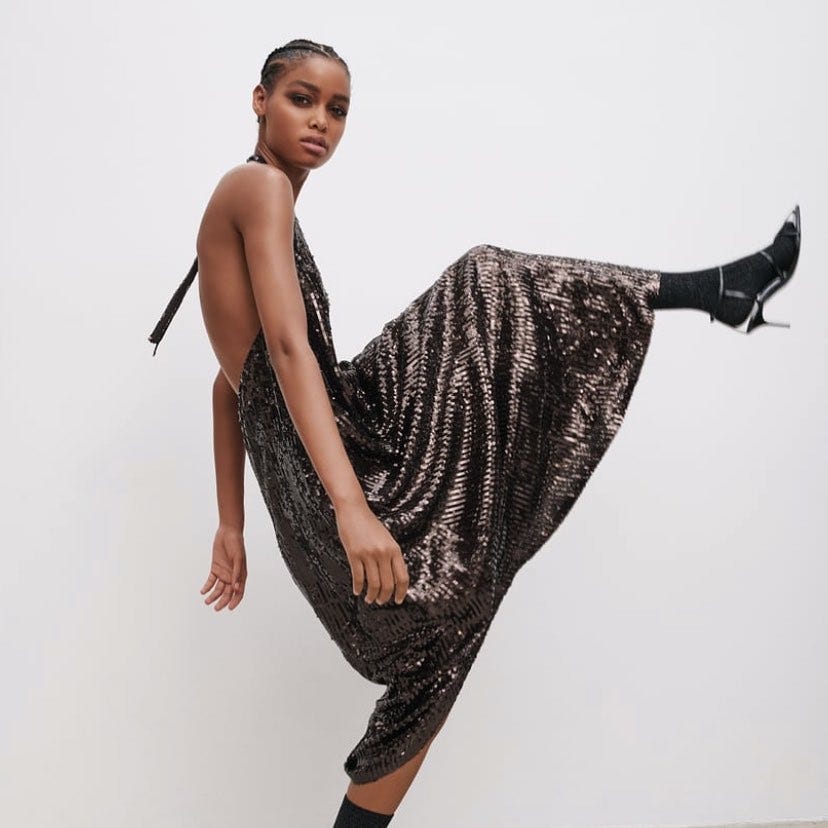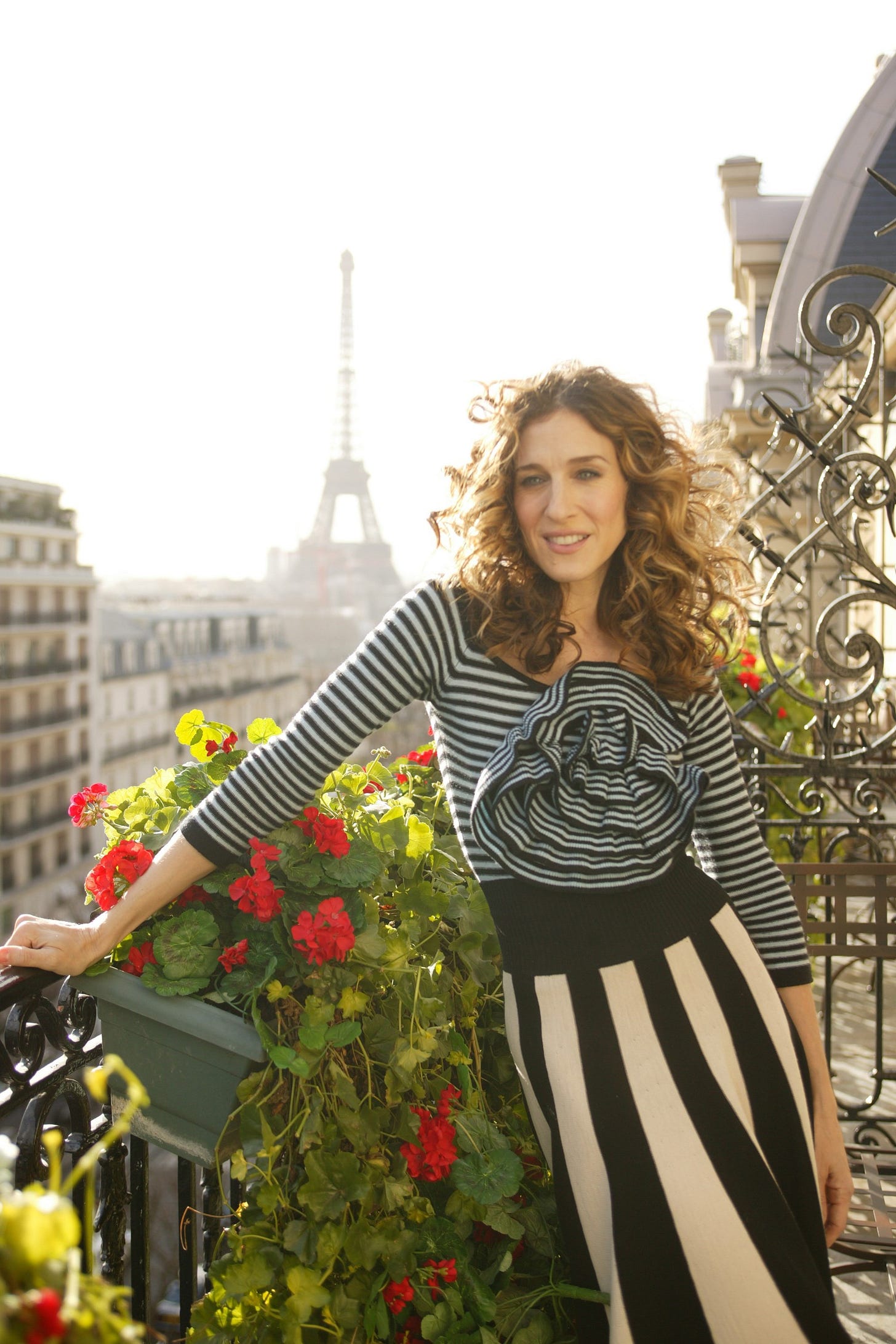I consider myself a bit of an expert on buying other people’s clothes. This talent, honed by a childhood spent combing racks at Value Village for the coolest clothes that also happened to carry the color tag that was on sale that week, has only been enhanced by the Internet (especially tools like Gem and Beni!). It’s one thing to be able to see the potential in a piece that’s right in front of you; it’s another to be able to comb through hundreds—sometimes thousands—of poorly lit pictures of wrinkled garments hanging crooked on a door or laid out on someone’s bed and say “yeah, I can work with that.” And, well, I pretty much got it down.
Now, if you’re looking to start selling your clothes online, you most likely have 1 of two mindsets: either you believe your clothes are so special, people should be so lucky to purchase them for a few dollars less than full price or you’re just trying to offload some stuff you don’t want anymore, so why bother putting in a ton of effort to make a few bucks?
Both mindsets are the wrong one to have.
For one, unless they’re specifically looking for something that’s permanently sold out, limited edition, or highly curated vintage pieces: most customers in the resale market are looking for a bargain, and, sorry, no matter how much like new it still is (even if the tags are still on), there’s literally no reason to pay $110 for that dress you can still buy new for $150. I’m sorry you got it, it didn’t fit, and you missed the return window, but you gotta take the L. Accept my $80 offer, damnit.
For two, even though these are your old clothes, your goal is to make someone else want to make them their new clothes. And, unless it’s something highly covetable, that’s gonna take a little effort.
So, let’s talk about what goes into selling secondhand, and what you, as a buyer, should be looking for.
Photos and Presentation
There’s a reason mass market e-retailers will go so far as to clip clothing on models to make it fit (in a way that it most definitely will not fit when you put it on) in photos, or remove visible undergarments in editing to make garments look less (unintentionally) sheer. It’s the same reason higher end retailers will take relatively unposed pictures straight-on at multiple angles, or even provide video of garments in motion: We shop with our eyes (duh), and being able to see a garment at its absolute best (even if that “best” is a little fudged) is how you get people to skip over things like figuring out if a piece will work for their wardrobe and instead fall in love with the way it’s being sold.
Unfortunately, the vast majority of secondhand listings show pieces at their absolute worst. And that’s without all the grainy pictures and terrible angles that don’t even show what the piece is. Even something as simple as ironing/steaming your item puts you miles ahead the majority of sellers on apps like Poshmark or Depop.
Simply put, presentation is everything. Again, unless you are selling something highly covetable, most people won’t even click on your listing if the photos suck. And that doesn’t just mean your photos are well-lit and clear, but also that there’s adequate and accurate representation of your item from all angles, including the back, the inside, close-ups on any wear/tear/flaws, labels and material tags (sorry, I’m not just taking your word on that sweater being 100% cashmere).
As for how you choose to stage those photos, I, of course, have some strong opinions. You may find you have other preferences as a buyer, or that one method is simply more practical for you as a seller, but here are mine, in order of best to least best.
Mannequin
I believe the mannequin is the best way to display most things, even beyond garments: they help you see the scale of purses/bags, show necklaces how they’re meant to be worn, and can highlight the drape of things like scarves and shawls. If you aim to make resale your full-time job or just a significant hobby, it’s definitely worth the investment, but there’s some very common pitfalls to avoid.
Obviously, it’s impossible, even with an adjustable mannequin/dressform, to accurately represent every possible size. In the case of showcasing larger clothing on smaller forms, many sellers will clip items so they fit closer to how they might look on the wearer. There’s nothing wrong with that. But this…
…is an incredibly egregious level of clipping for a shirt that will look like this…
…on pretty much any body.
Don’t do that.
Hanger
Controversially, my second preferred method of showcasing a garment is by simply hanging it, basically, because it’s how we see things in store.
Of course, there is a problem when what you’re trying to sell lacks what we call hanger appeal. Or, when there are unique details that affect how the garment looks on a body, like the gathered detail on this skirt:
You’ll see a lot of sellers include photos from the brand they purchased from in this instance, but, in the event there aren’t any, this is probably when you’d want to introduce an additional presentation method, even if that means putting it on and snapping a quick selfie.
Model
You would think seeing a piece of clothing on a human is the most ideal way to sell it and, in some cases, that’s true: things like formal dresses, blazers, sheer items, and pants are really hard to sell sans body, if only to see how they flow, how they’re cut, how sheer they are, and precisely how they fit, respectively.
However, there’s no need to get all high fashion and pose in a way that obscures or distorts important details of what you’re trying to sell.
It may seem nitpicky (it is, and I am, but it’s justified), but, I would not buy the shirt being modeled in this photo because I can’t see the buttons, and though I am known for only buttoning one, maybe two buttons on most of my blouses, what those buttons and their placket look like is still very important to me!
Intellectually, I know pictures like this are meant to get me to stop scrolling and click but, ironically, as I browse resale sites, I’m not really looking to sold to. Just, like…show me the clothes. I’ll do the rest!
Flat Lay
I often joke that Depop is a “young person’s app,” and that I, at the ripe old age of 31, just don’t understand the way 18-25 year olds sell clothing. My point of view can best be summed up by the image below:
Much like the mannequin clipping I called egregious above, this is, you know, egregious. It’s even worse in this case because, while I don’t know every human on earth, I am fairly sure none of us has a waistline that starts directly under our armpits, and that’s not how a standard-cut t-shirt would look on us even if we did.
Don’t Forget the Details(!)
I don’t want to spend this entire article ragging on independent resellers, especially considering how often large consignment platforms like ThredUp and The RealReal (as much as I love them) make amateur mistakes. Take for example, the sweater below.
It’s clear there’s…something going on at the chest, there. But, it’s not immediately clear what that is.
For what it’s worth, this sweater is by Sonia Rykiel, the same designer who designed this iconic top worn by Carrie Bradshaw:
I, as a fashion (and Carrie Bradshaw) lover, know that Sonia Rykiel uses a lot of flower motifs in her works, especially knits, so, I can deduce that the oddly shaped growth on this cardigan is a flower…
In addition, I am staunchly a laptop shopper (I don’t believe in buying things from my phone/apps), so, I was able to zoom in to kinda see the detail—what you can make out anyway. But, in this age of technology, I can’t help but wonder how many people view pieces like this, with details they can’t see and that aren’t mentioned in the descriptions and simply skip over them cause they couldn’t tell what the hell was going on. Maybe that’s why it’s marked down to $35.
The Title
You know how certain ultrafast fashion sites will give their items names that read like somebody tried to shove as many SEO-friendly keywords as possible into 100 characters in the hopes that it’ll pop up in any search for anything even vaguely similar? Titles like “Women 2024 Summer Ruffle Edge Sleeve Ruffle Flare Skater Dresses Floral Casual Beach Garden Wedding Guest Mini Dress with Pocket” or “2 Piece Lounge Sets Fold-over Flare Pants Set Long Sleeve Cropped T-shirt Top Set Casual Outfits Pajama Set.” It’s silly, right? Well, when it comes to naming your secondhand listing…it’s kind of exactly what you want to do, at least when it comes to pieces by lesser- or unknown brands, and especially when it comes to vintage.
Titles like “90s/Y2K VINTAGE SILK BLEND PAISLEY BLACK VELVET MAXI SKIRT” not only tell me exactly what I need to know about this skirt—when it was made, fabric content, fabric type, pattern, and style—but also include the exact terms I was searching for (in this case, silk maxi skirt). As a veteran secondhand shopper, not just for myself, but also for clients, I don’t browse selling platforms looking for something I might want, I utilize the search function as well as Gem, a search engine, to direct me to exactly what I need. Anything more specific—like silhouette or trend names—are nice to add as a seller, for those who like to be precise, but, as a buyer, I usually leave those things off as it can limit the number of useful results I get.
Another note: if a piece is currently for sale, name your listing the same as the item on the retailer’s website! And if it’s a well-known brand, or vintage, go ahead and include that in the title, too. You never know who collects pieces by that designer you randomly thrifted 10 years ago.
Another another note: when searching for words that are typically plural like “shoes” or “boots” or “pants,” remove the s. You’d be surprised how many more listings there will be.
The Info
When selling your own clothing, the assumption is that you have worn these clothes before: you know how they look, fit, and feel: so, tell us! Anything that can’t be gathered from the measurements or photos should be mentioned. Tell us those shoes are just a smidge too tight for your normal size 9 feet (and always include shoes .5-1 full size up and down in your search for this very reason!), let us know if we can layer a thick sweater under that jacket or not, and for the love of all things holy and fashion, tell us if that skirt is sheer!
On the topic of measurements: no, I don’t care if you just got that dress from Reformation 3 weeks ago and it’s a medium and if you normally wear a medium at Reformation it’ll fit “true to size”… I wanna know the measurements!
Now, some platforms have very strict rules regarding returns for fit reasons, which makes a lot of sellers hesitant to list measurements as people can easily claim the measurements were inaccurate and receive refunds: people suck! If you want to protect against those who exploit the system, or, you just don’t really care to transcribe measurements for every item, simply laying a measuring tape on the garment and taking pictures seems to be the easiest route.
Finally, and I can’t believe it has to be said, specifically to the person from whom I made my most recent eBay purchase…please tell me if there’s a damn hole!













Amen. As someone who's been using Poshmark Canada for the past few years and occasionally eBay (I live in the back of beyond, and eBay shipping to Canada can be crazy), I would add the following: Please don't use fragrance sprays to make items "seem" clean -- all it does is give some of us serious migraines and it can be hard to remove, even with airing out or washing. Don't make prospective customers beg for measurements; include them as a matter of course. Show the tag; I want to know the fabric composition, the country of manufacture, and the label (to see if it's properly vintage vs "vintage"). Tell us if the item has pockets. Also, as someone who is 60 and has always worn glasses and now needs reading glasses, I love good, clear photos with proper closeups. And finally, YES about the holes, and if there are holes, please just lower the price and don't do awful, unskilled repairs yourself.